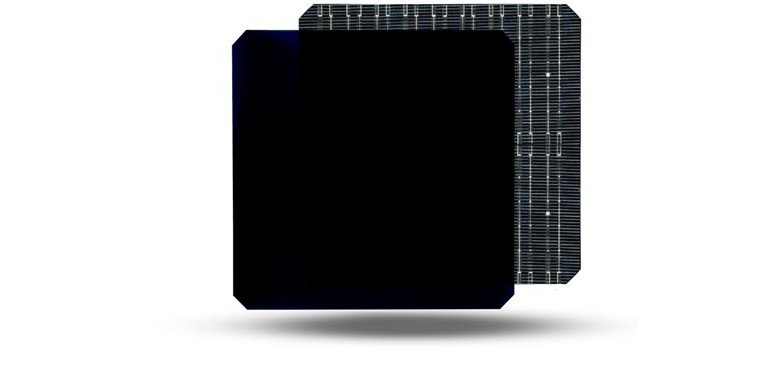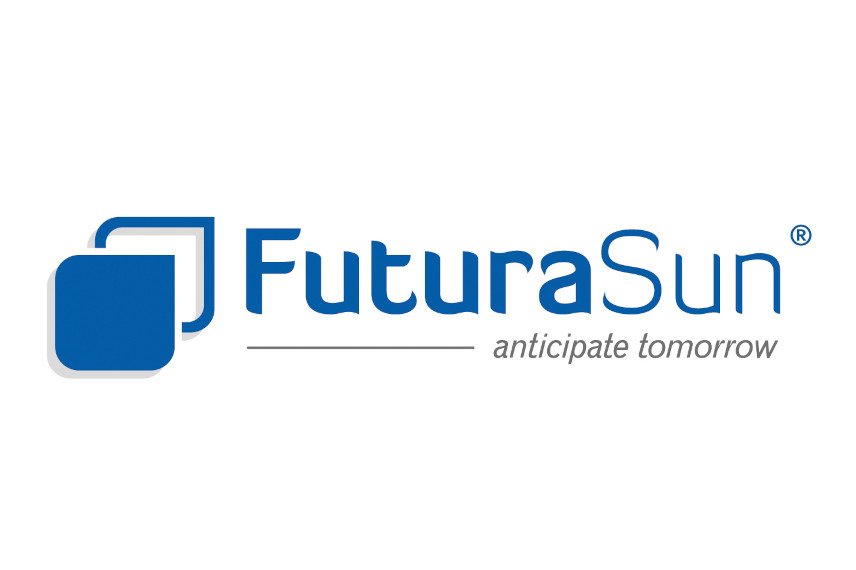IBC4EU; exploring the last frontier in silicon solar cell development by FuturaSun
IBC4EU Partner Insights
Solar cells are basically large-area semiconductor diodes that convert (sun)light directly into electricity. The most widely used semiconductor material is silicon, that has excellent properties, is abundantly available (the second most abundant element on earth), cheap and relatively easy to produce.
Solar cells have been around since the nineteen fifties, but the development and deployment has taken an enormous flight in the last decades, making solar energy the most important renewable energy source of the near future.
Inside a solar cell two fundamental processes take place, that are in competition with each other; generation and recombination. Generation is the creation of electrical charge couples (positive and negative charges) as a result of the incidence of (sun)light onto the solar cell. Charges are generated everywhere in the solar cell and are separated by the so-called junction; the area between the two differently charged layers, p- and n-type that make up a solar cell. The separated carriers create an electrical voltage between the contacts of the cell, that can be used to power a light bulb, charge a battery or drive an electric motor, just to name a few.
Recombination is the opposite process that sees the energized, oppositely charged particles re-unite, thereby annihilating each other, their energy being lost in heat. In solar cells, recombination needs to be avoided to maximize the cell´s efficiency to convert light into electricity.
Over the years, the industry has developed several technologies to try and minimize recombination. The general term used for doing this is called passivation. The application of these technologies resulted in the abbreviations and acronyms for the mainstream solar products we know today such as PERC (Passivated Emitter and Rear Cell) and TOPCon (Tunneling-Oxide Passivated Contact).
Also, improvements in the refinement process of high-purity semiconductor silicon extracted from sand have led to ever increasing efficiency. Today, the purity of solar-grade silicon has reached unprecedented levels and the material is almost perfect. In laboratories, the efficiencies achieved are very close to the theoretically possible maximum.
IBC; Interdigitated, Back-contacted solar Cell
Today, even production solar cells have reached efficiencies that are very close to the theoretical limit of this technology. In the evolution of the so-called single-junction solar cell, with a single semiconductor material absorbing and converting the light into electricity, the final evolutional step is in the layout of the electrical contacts. Traditionally they are found on front and back in the form of a screen-printed fine metal line pattern. But with a special process, both contacts can also be situated on just the rear side of the cell. A special junction structure enables us to have all metal printing on one side, which avoids shading the incident light on the active side of the cell (the side facing the sun).
The contacts on the back are alternating plus- and minus poles and in some designs look like two hands with spread fingers put together; hence the term interdigitated back contact. Apart from a higher efficiency potential, having no metal lines on the front of the cell results in a homogeneously black appearance of the module made with IBC cells. With its higher power potential and its highly attractive esthetics, the IBC solar module could soon become mainstream in roof-mounted systems. And if the cost can be brought down to a level comparable with current front- and back contacting, IBC could become mainstream in all applications.

European Horizon project IBC4EU
To develop this promising technology in Europe, and promote its industrialization, European Horizon- funded project IBC4EU has been created with a consortium of highly knowledgeable partners from research institutes and industry throughout the EU.
Italian manufacturer of solar cells and modules, FuturaSun, is part of the consortium and focuses on module technology, suitable for the IBC solar cell.
In a solar module, a large number of individual cells have to be connected in series, to come up with a workable voltage and current. A single solar cell delivers, due to physical principles, a low voltage of about 730mV (it takes two in series to mimic a standard alkaline battery) and a high current. Although it would theoretically be possible to create a large solar panel out of a single solar cell, it would not be very practical as the extremely high current coming from that module would necessitate the use of thick, heavy and very expensive copper cables and complicated connectors to not lose most of the electrical yield in series resistance. So multiple individual cells will have to be wired in series, increasing the voltage and reducing the electrical current.
In today´s standard panels, more than 100 individual solar cells are connected in series by soldering multiple thin copper wires onto the metal finger pattern printed on the cells. The wires run from the rear side of one cell to the front side of the next, connecting plus to minus every time, like batteries in a torch, resulting in a higher voltage.
An annoying and unavoidable problem with a higher-temperature process like soldering, is that the different materials fused together have different thermal expansion properties; silicon expands less than copper, for example. When the two materials are heated up to the melting point of the solder, both are expanded differently. When the solder joint solidifies and cools down further, a large mechanical tension is built up between them. Since standard cells are soldered on both sides, the mechanical tension doesn´t show, as the opposed forces on front- and rear side prevent the silicon cell in between from warping. But the tension is absolutely present and can cause severe quality issues during the lifetime of the solar panel.
With IBC cells, having both contacts on the rear, the mechanical tension caused by soldering is very much visible, as now all tension is on the rear side, not counter-acted by an equal opposite force on top. This results in badly warped solar cells during production. When the soldered cell strings are pushed flat during lamination, cells can crack resulting in production loss. During the important production step called lamination the fragile cells and interconnections are embedded in glue between two glass sheets or a single front glass and a polymer back sheet. The package is pushed flat under vacuum and the glue is heat-cured and after that, no repair for broken cells is possible anymore. So warped cells are an important drawback leading to production yield losses and possible quality issues during the life of the module.

To overcome this drawback of single-sided soldering, FuturaSun has developed and patented a unique production technique. Within the scope of the IBC4EU project, this concept is being developed into a prototype production machine reaching TRL 7 (TRL stands for Technology Readiness Level, 9 being the highest level; full-scale production, 1 being not more than an idea or a concept).
The FuturaSun stringer feeds the solar cells over a curved surface, creating a negative mechanical tension in the cells. The soldering process unavoidably results in a positive mechanical tension, that is in this case annihilated by the pre-tensioning of the cells. The final result is a dead-flat soldered string that has no residual mechanical tension. During further production steps, and during the lifetime of the module, there are no remaining tensions that can cause any issues.
Having a suitable production process for these specific solar cells is of the utmost importance if this technology is to be successfully applied in the European industry.
FuturaSun plans to eventually set up a GW scale module production in Italy for this advanced type of solar panel. Cells are to be produced in FuturaSun's Chinese cell factory from next year.
The stringer machine being developed by FuturaSun will be the basis for IBC module production in Europe and abroad. The elegant simplicity and flexibility of the prototype machine makes it attractive both for large-scale production as well as smaller volume production of specials for building-integrated applications or niche-market products.
